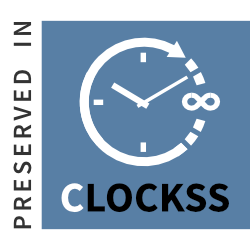POST BUCKLING BEHAVIOR OF PRISMATIC STRUCTURAL STEEL MEMBERS USING FINITE ELEMENT METHOD
Keywords:
beams, cracking torsional moment, normal strength concrete, longitudinal reinforcement, torsional resistance moment, transverse reinforcementAbstract
Recent methods for the torsional design of reinforced concrete beams tend to the use of space truss analogy, instead of the earlier skew bending theory. A total of (101) rectangular beams made of normal strength concrete (NSC) that failed under pure torsion are considered in this work. NSC is defined as having the cylinder compressive strength f’c ≤ 40.1 MPa. These have been taken from the literature. Regression analysis was performed on the results to obtain two representative equations to predict: cracking torsional moment (Tcr)and torsional resistance moment (Tr). The first equation is based on (3) major parameters that include concrete compressive strength (f’c) and sectional dimensions, while the second one is based on (7) major parameters which include the quantification of the influence of both transverse and longitudinal reinforcement. When the existing code design methods were applied, they gave a coefficient of variation (COV) value ranging between(20.9-33.1) percent for the ratio of tested/calculated torsional strength (Tu-test / Tr-calc.). In contrast, the proposed equation has led to a COV of (12.9) percent.
Downloads
Key Dates
Published
Issue
Section
License

This work is licensed under a Creative Commons Attribution 4.0 International License.

















